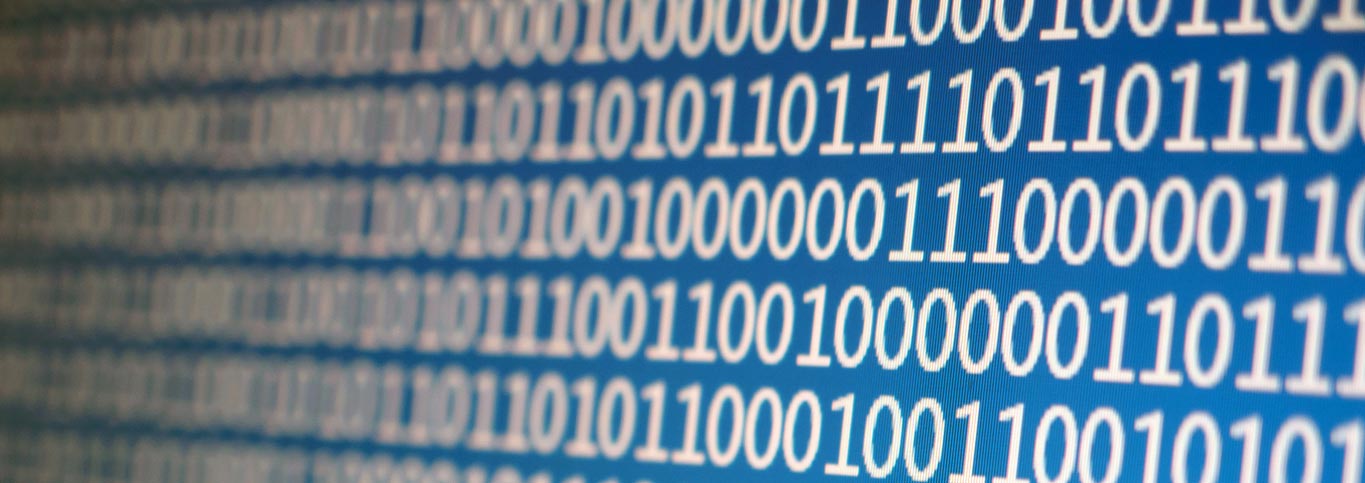Metrology for the masses
Case study
Metrology for the masses: trustworthy measurements in the age of the Internet of Things
New Zealand’s national metrology institute is gearing up for a more complex world, where automated systems and digital devices will make crucial decisions on our behalf.

At a glance:
- MSL is undertaking research and developing algorithms that apply metrology to a new generation of digital sensors and automated devices.
- The aim is to establish verifiable standards of data quality to support decision-making that we can really trust.
- MSL researchers are collaborating with metrology groups internationally to influence the development of new international standards.
- The accuracy of measured data produced by autonomous systems will be crucial to our safety and prosperity in New Zealand’s digital future.
One of the more expensive and complex space missions of the last 20 years that NASA would rather forget came to grief for a simple reason – confusion over measurement units.
In September 1999, the Mars Climate Orbiter probe was all set to go into orbit around Mars where it was tasked with studying the Martian climate and atmosphere. But the probe approached the red planet at a much lower altitude than expected and vanished from ground control’s screens.
It was never seen again, likely destroyed in the Mars atmosphere. An investigation quickly revealed the cause of failure. NASA’s computer software controlling the probe had calculated the probe’s thrust in imperial measurement units, rather than the International System of units (SI) used by Lockheed, who built the orbiter.
It turned out to be a US$328 million mistake and one that showed the importance of using measurement information correctly.
The Measurement Standards Laboratory of New Zealand (MSL) maintains our national standards for physical measurements and ensures they are consistent with the SI. MSL helps everyone from Air New Zealand to the New Zealand Police by calibrating their systems for accurate measurement. Public confidence in the services provided by organisations like these, ultimately comes down to good accurate measurements.
Now the lab faces a new challenge. In a few years, billions of Internet of Things (IoT) devices will be producing masses of measurement data. Digital devices are going to be monitoring everything from factories and electricity grids to the gadgets and whiteware in our homes. How can we ensure that all this data is fit-for-purpose?
“Here comes this tidal wave of disruptive change in terms of measurement data,” says Dr Blair Hall, the scientist who leads MSL's Digital Metrology programme.
“People are thinking about using all of that data coming from IoT and other automated devices without understanding the need for verifiable information that should accompany it.”
As Hall points out, it may not matter much if the Fitbit you are wearing isn’t completely accurate in tracking your heart rate. But what if an automated system running a factory production line or a driverless car isn’t calibrated correctly? The results could be disastrous.
That’s why Hall and his MSL colleagues are looking for ways to apply metrology principles to the myriad of emerging IoT devices. The same principles they use to produce highly accurate measurement and calibration services for New Zealand.
“A device might be measuring temperature or the width of a piece of metal. In metrology, characterising devices like that is our bread and butter. We have to work out how faithfully such devices provide information about the real world,” says Blair.
“If someone is expected to make an important decision based on information provided to them, the process is fraught unless the data is collected and communicated in an appropriate way.”
The goal is ‘traceable measurement’, which means all necessary information is reported about the quantity measured, the measurement environment, device characteristics, etc. Traceable measurements could be produced by a wide range of sensors and used by automatic digital systems to make their behavior more reliable.
Crucial to MSL’s work in this space is collaboration with measurement labs internationally. Hall is set to attend a Sydney workshop of other national metrology institutes from the Asia-Pacific region and is in close contact with European measurement labs too.
Local use cases are also emerging. MSL is working with the Crown Research Institute AgResearch to apply traceable measurement principles to IoT devices used in precision agriculture.
“You could be collecting information about the cow, the herd and the environment and feeding that through some clever data processing software to produce information in a form that can be interpreted by decision-makers,” he says.
With the IoT revolution likely to influence all aspects of industry and society, the need for robust measurement practices in the digital world is urgent.
Says Hall: “How can you collect data correctly so you can make sound decisions? We think this is a fundamental question we can contribute to.”
Find out more about the work of New Zealand’s Measurement Standards Laboratory here.
